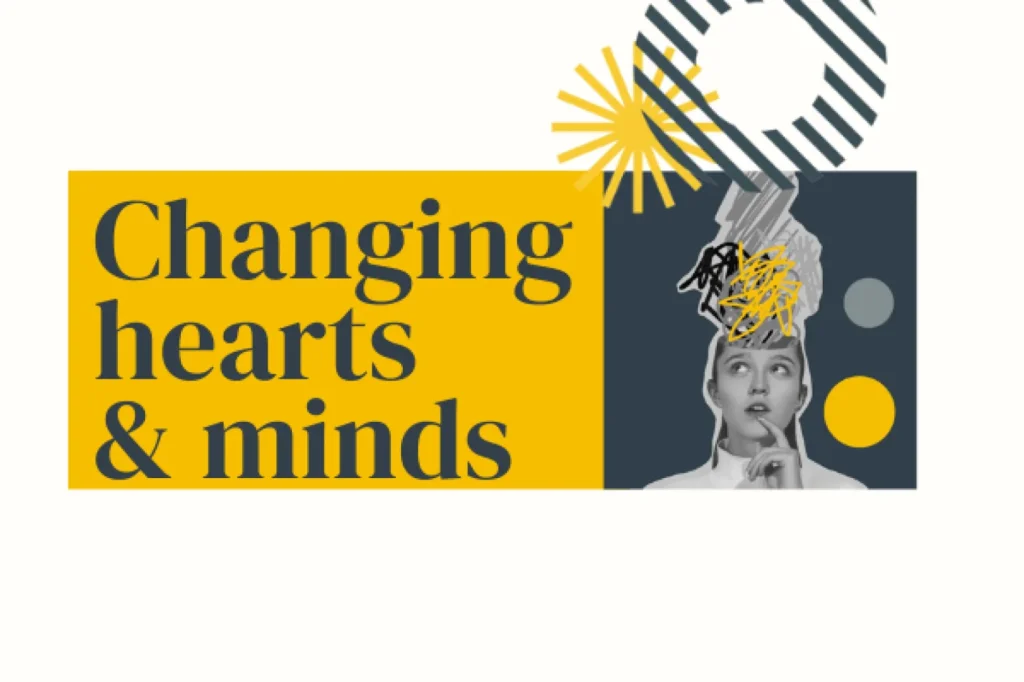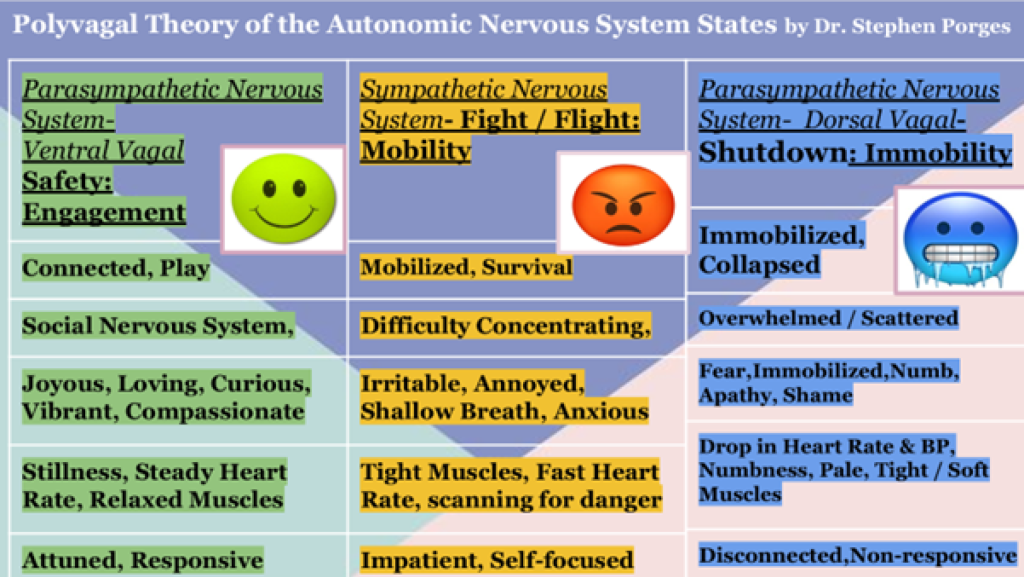In times of unrest, fear spreads faster than facts. It shapes our bodies, our decisions and our politics. At our ‘Changing hearts and minds’ event on 4 June, we heard about what happens to people when they are afraid and how food, story and an interest in others can transform that fear into connection.
The speaker was Faryal Iqbal of Own Drum. Her session centred on her personal experiences of last summer’s far-right riots. And her insights were grounded in polyvagal theory – a theory that describes the physiological and psychological states that influence our body as well as our behaviour.
Fear doesn’t just live in the mind; it lodges in the body, said Faryal. When we don’t feel safe, our breathing and heart rate changes and we become dysregulated. This can result in us reacting emotionally and defensively, instead of thoughtfully and compassionately.
Far-right mobilisation plays on fear: in the face of economic insecurity, cultural loss or isolation, the far-right offers disenfranchised people emotional validation. They tell people that they are right to feel afraid and angry, something that offers a sense of identity and a feeling of safety to people who feel unheard.
Faryal explained that while talking can help, it won't be enough to take the heat out of a situation and bring people together, because words don’t land when bodies are on high alert. Instead, we need to find ways to show someone they are safe so that they become open, and willing and able to accept new information.
“It's about having spaces where you can share stories in a compassionate, curious way. You don't have to agree. The goal is about connection. It's about creating spaces to feel seen, heard and understood, and not a debate to win,” she said.
Compassionate curiosity means asking questions, not making accusations. So rather than telling someone they’re wrong or bad, we could ask ‘What are your concerns?’ or ‘What are your hopes?’
When asked with genuine interest and not to debate or disprove, but to understand, these questions can disarm even entrenched positions, Faryal suggested. By shifting the focus from “what’s wrong with you” to “how did you come to believe this?” it can help move someone from judgement to a deeper listening of stories and from stories to connection.
Faryal also spoke about the importance of “humanising and not homogenising”. For example, we all hold our ideas and perceptions of the “other” in our heads, but it’s only once we learn about them as people and understand them through stories, that they become real and not just static ideas in our head. This transformation can make all the difference when it comes to our attitudes and behaviour towards them.
She illustrated her point with a case study from last summer’s far-right riots. The Abdullah Quilliam Mosque in Liverpool was one of the places that was attacked during the violence. But when protesters gathered outside, the mosque chose hospitality over hostility. Volunteers cooked burgers and chips and fed the very people protesting against them. While doing so, they invited conversation and listened to the response.
It was a deliberate act of restoration. And it worked. The conversation helped the rioters understand how the Muslim community shared the same concerns as them about extremism, leading to a hug and a commitment between both parties to talk and listen further.
“Connection or safe relationships can play an important role in helping to mediate the reactivity associated with race-based stress or trauma,” said Faryal. “It highlights the importance of a resilient nervous system so that instead of acting out when you are triggered by anger, fear or shutdown, you can engage with others in ways that support feelings of safety. This can help us stay in dialogue.”
To change hearts and minds, we must engage not just the intellect, but also the body. By focusing on safety and connection, it can help people process fear, trauma and prejudice so they can stay present in difficult conversations.




